Note: Topic and some photographs offer extreme/disturbing images.
Introduction & context: In November of 1978, 918 people perished (primarily by their own hand) in a remote jungle in South America. The event rocked the United States, bringing the word ‘cult’ to mainstream culture and inspiring the callous aphorism: ‘don’t drink the Kool-Aid.’ These people, along with many others, were part of a social organization/church called ‘The Peoples Temple,’ founded by James Warren Jones.
The passing of time and the hindsight of the ‘final day’ has overshadowed the initial intentions behind the movement. This lesson explores the reasons people were drawn too/joined the Temple, its evolution, and ultimate collapse.
This lesson examines multiple documents that span the chronology of the Peoples Temple and present the different ‘faces’ it possessed.
The documents will help build a more personal narrative, rather than a reduction of popular culture. This allows students to think critically about who the individuals in The Peoples Temple were, and their motivations in joining and staying with the group, despite its extreme decline.
I will ask the students to think about what was happening in the United States and why that is a significant factor.
It is ultimately an exploration of how the systematic racism and stratification built into the fabric of the American system is largely responsible for the deaths of these people.
Essential question: What reasons did the people of Jonestown have for joining the temple and why did they ultimately die because of it? Does American society hold culpability? If so, in what way(s)?
Assignment: Students will be exposed to multiple primary source documents and, drawing their own conclusions, asked to critically respond to the essential questions above in a short essay.

- From looking at the image, what do you think some of the core values of The Peoples Temple were?
- Were they successful?
- What is the message of this song?
- What do you feel when you hear it?
- What is Annie Moore saying in this letter?
- Does it change any opinions you may have had about the Peoples Temple?
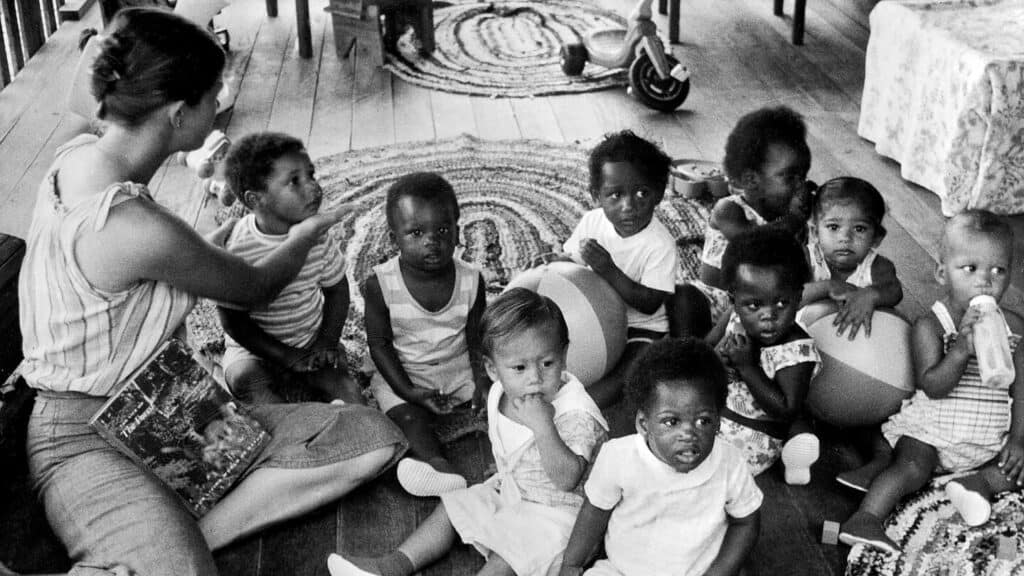
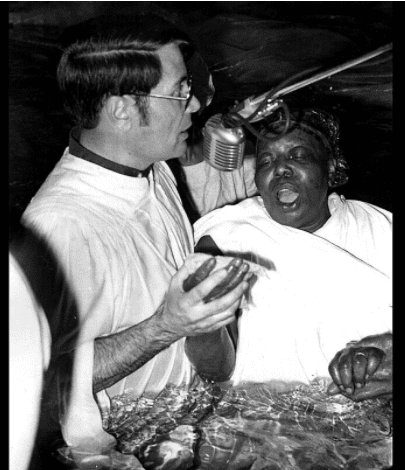


- What mood does this picture convey?
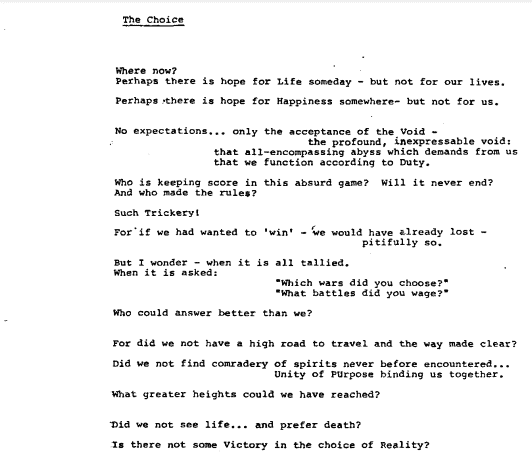
Anonymous Poetry recovered from Jonestown. California Historical Society. 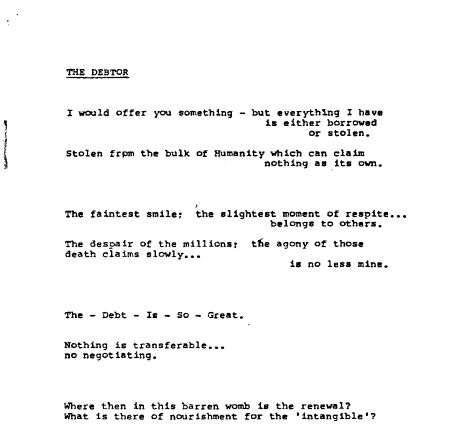
Anonymous Poetry recovered from Jonestown. California Historical Society.
- Describe these poems. What are they saying?
https://jonestown.sdsu.edu/?page_id=64983
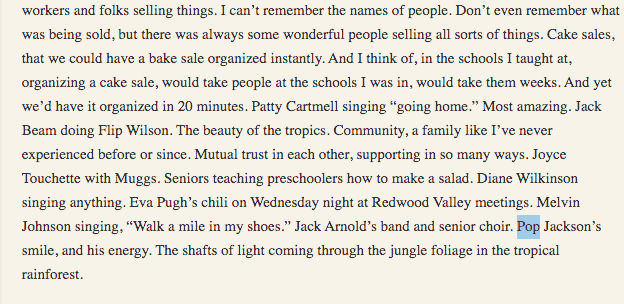
- What is happening in this tape?
- There are multiple voices. What are the sentiments of the people involved?
- The graphic and disturbing aftermath.



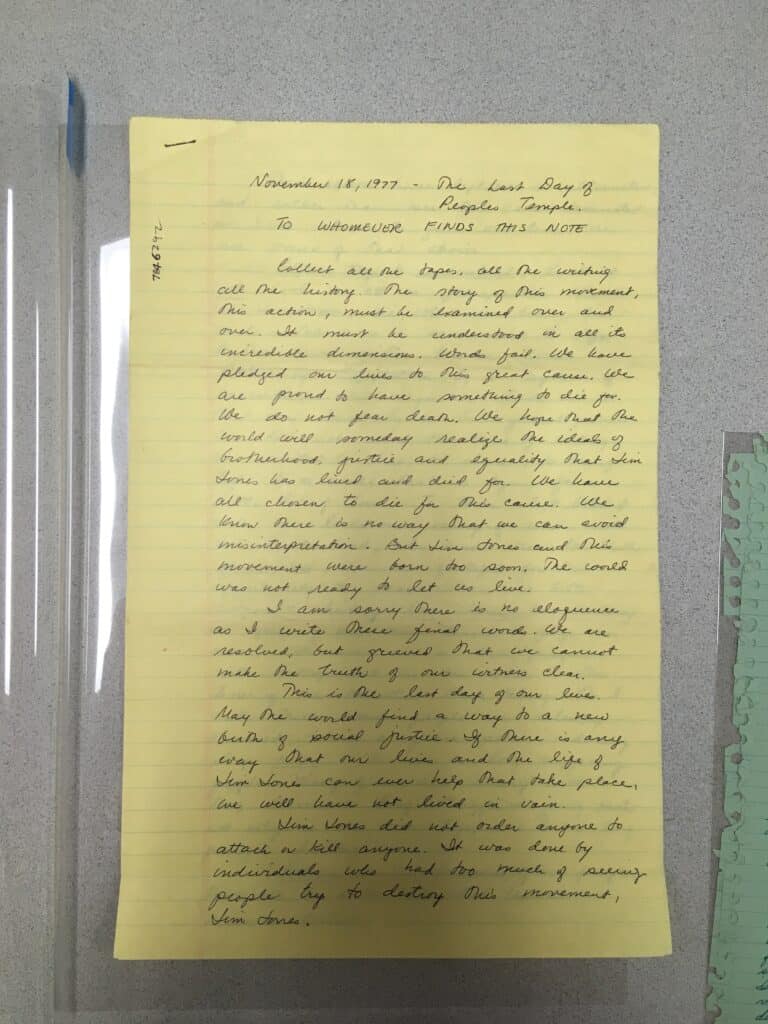
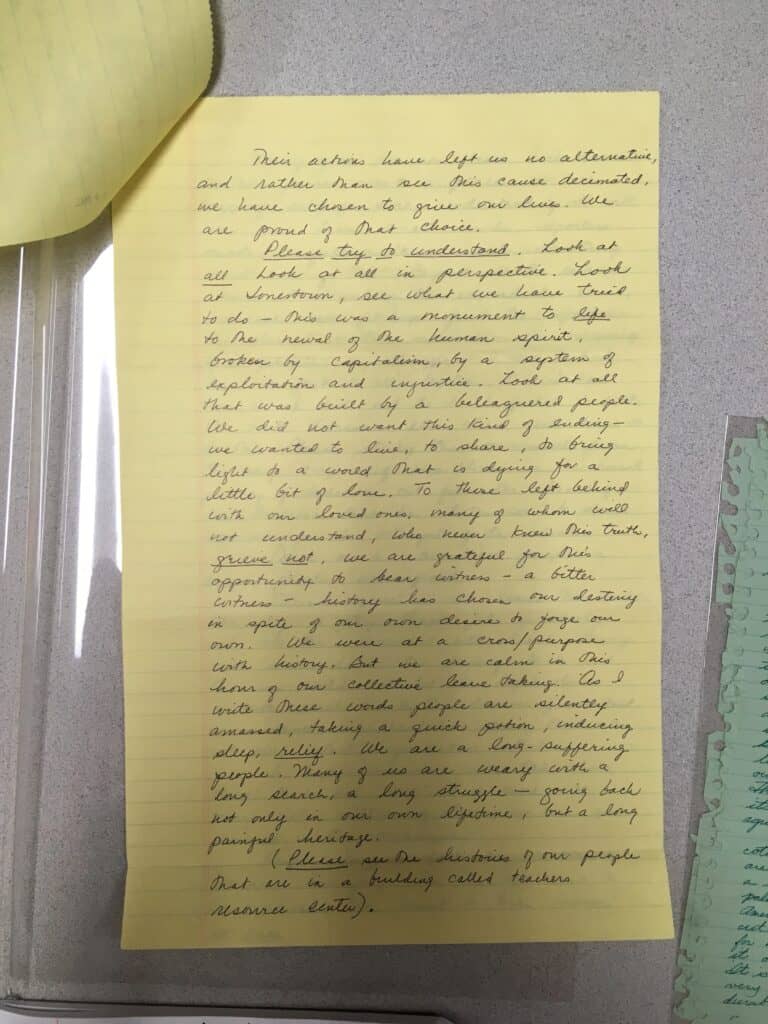
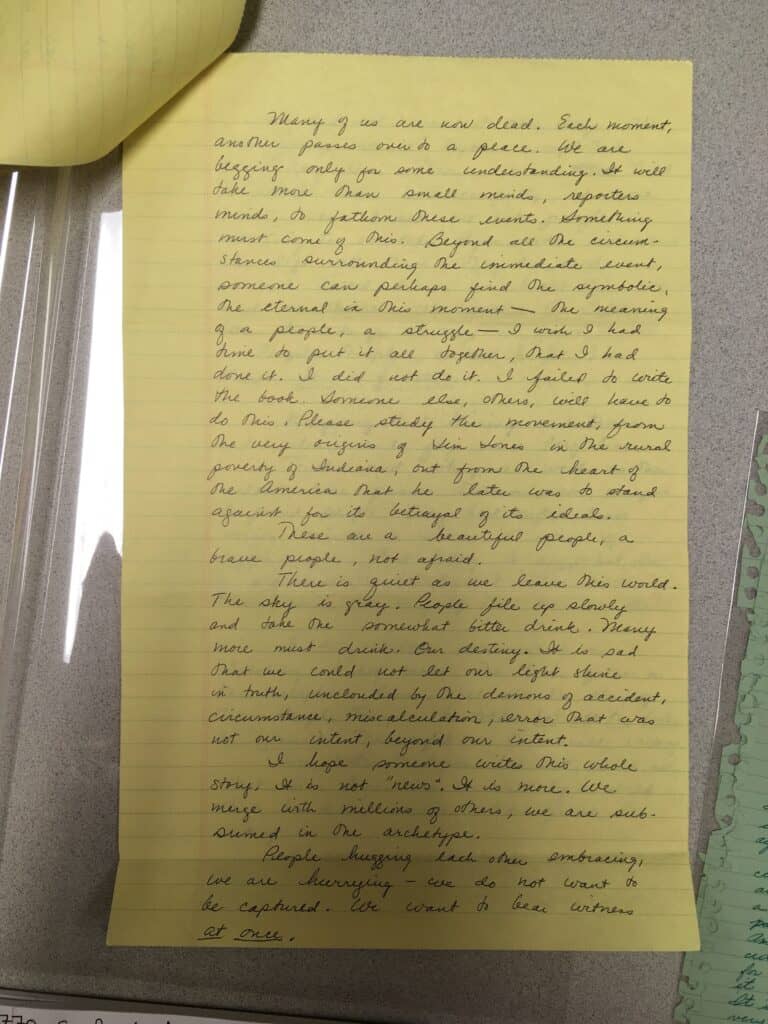
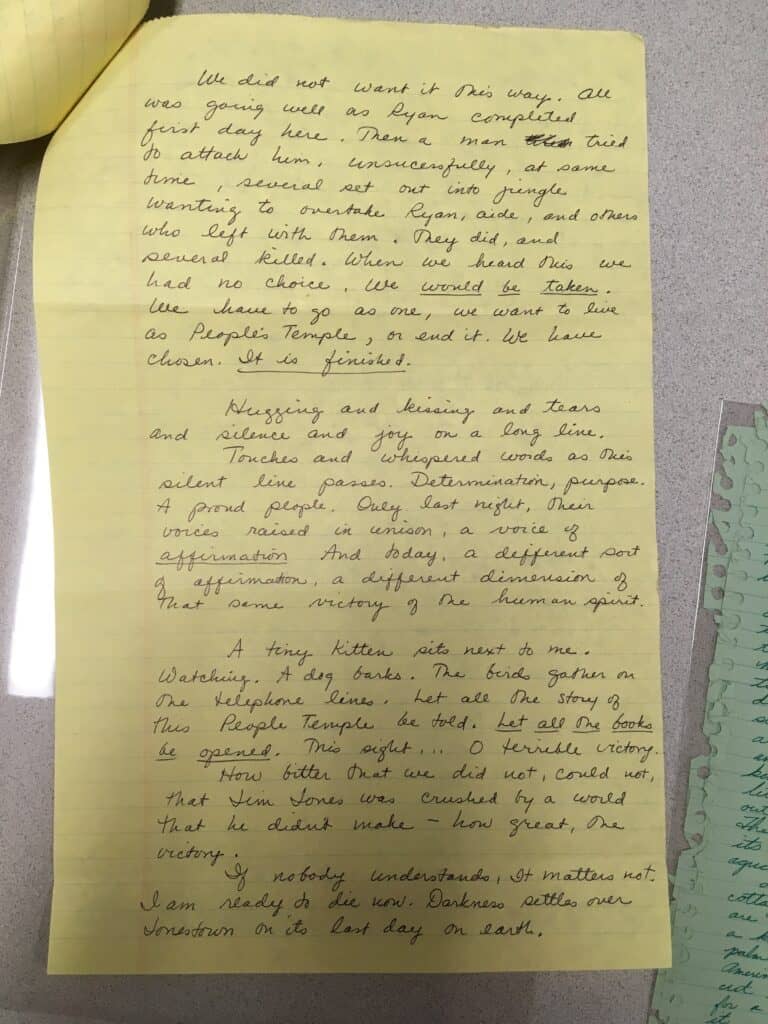
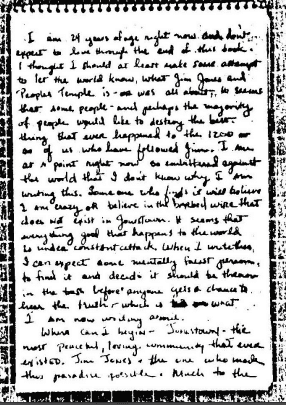
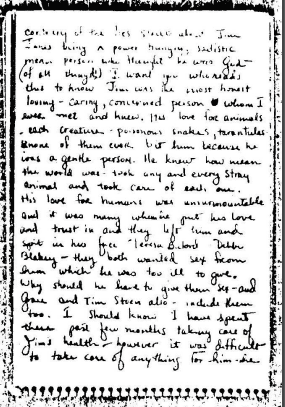
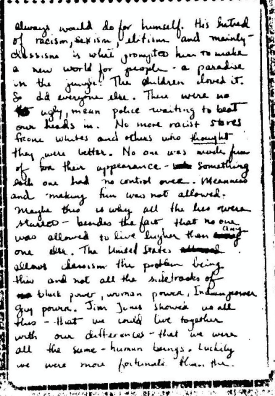
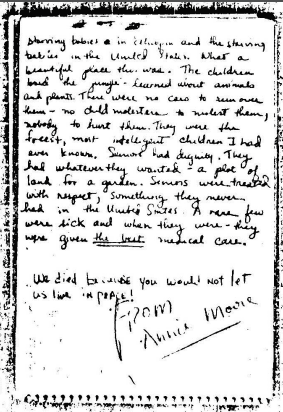




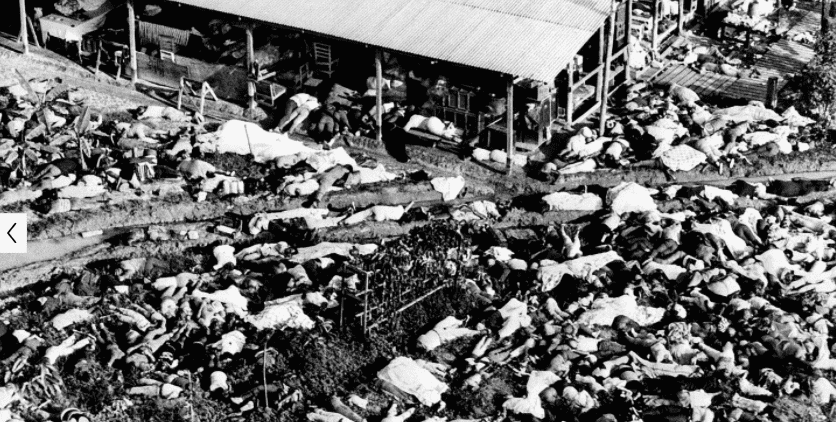
This is an interesting topic to cover, Lucy! You’ve collected a lot of great, diverse documents that would definitely peak student interest. I personally have a limited understanding of Jonestown, so navigating these resources is a bit challenging. I think guiding questions for each source would be really helpful for students who are in my similar situation. Other than that, this looks really awesome! 🙂
Lucy, this was super interesting. I have always thought Jonestown was one of the most terrifying sections of human history. I’ve done a decent amount of research on my own, but even with that said, I was impressed by how much I didn’t know. I appreciate the fact that you went and did research on something that was “unique” and relatively untouched by anyone in our cohort (at least as far as subject matter is concerned). Well done.